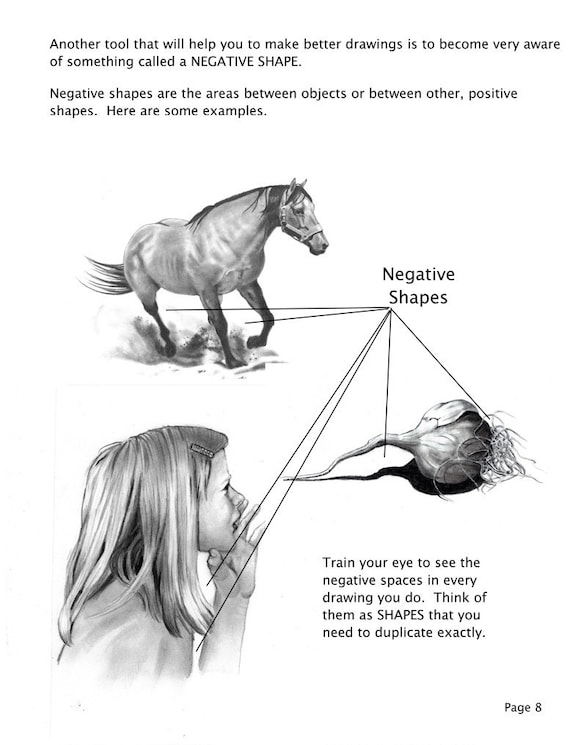
Learn Pencil Shading Pdf
A pencil is a rod of graphite encased in a soft wood such as. Here we see different shading techniques and how they can bring forms to life. Note that although.
Home >Drawing Lessons Directory >Drawing Mediums > Pencil Drawing > Shading and Gradation with Pencils
Learn all about pencil shading and how to draw, shade, and drawing gradation with #2 and graphite pencils with the following drawing lessons and tutorials to create comics, cartoons, illustrations, as well as photo-realistic drawings. Go Back to Main Pencil Drawing Lessons Page
After the line drawing is done, it's always gratifying to add realistic shading to it. Shading makes the subject look three dimensional and solid. Here's an easy technique with instructions and a practice lesson to help you learn it. Some people have asked me how I go about detailed pencil shading. Sadly there is at least a decade of knowledge that I posses that would take weeks to unfold into a tutorial. So I made a quick basic pencil shading reference for those who want to begin tightening up their skills. To some this might be too basic, but bear with me. :) You will notice that these values blend into each other smoothly, which communicates to us the shape of the object. The only time you will see a hard edge is when there is a cast shadow, otherwise the tones change gradually. The closer the cast shadow is to the object, the darker it will be, fading as it moves farther away. There are a few different tips that I can share about pencil shading. They are quite simple to get the hang of. All shading can be done with the use of a pencil and line. It is how you use the line that makes the shading effective body pencil shading, tips and techniques, how to There are two different ways that you can do pencil shading. All the rest is merely strategy and preference. This advanced shading technique gives you more control over details than Basic Shading, and creates a smoother texture that can be used to draw any subject. This is an old lesson from a textbook for using pencils to add shadow to drawings. The pencil is in addition very useful for sketching purposes, has a wide range of tone and technique, and has a capacity for quick work that no other medium possesses. Practice shading this simple ball with this easy technique before you move on to more complicated subjects. The first step to successful pencil shading is to control the movement of your pencil, making sure that every mark you make on the paper works towards creating the shading or modeling effect that you want. The following pages offer a few tips to get you started. To begin with, decide whether you want to use the point or side of the pencil to shade with. I have great pleasure in introducing a new web site on a fascinating subject - Pencil Shading. Since a drawing using pencil shading is like playing with light and shade, expertise comes only after one has studied the range of tones that is possible using the single medium of the pencil.This site starts with a general instructions and exercises. To develop realistic methods in pencil shading, and a style of your own, it is going to require you to dedicate some time to practical testing. It is important to get to know the dimensions A very important part of drawing realistically is shading: the variation in value from shadows to highlights that describe the shape of something. By improving your shading, you can greatly improve the quality of your drawings. Shading isn’t difficult to learn, but it does take some practice. You can learn how to make your drawings more realistic by understanding light, controlling your pencil, and blending. This lesson will teach you how to create a gentle wash of graphite starting with a very dark value at one corner and ending with an extremely light one at the other. You'll need a 2B pencil, an HB pencil, and a kneaded eraser to complete this lesson. (If you don't have these pencils, you can substitute similar ones.) Since this lesson is meant to teach you control over certain drawing tools, use only the tools suggested to create the graduation. For this shading tutorial I will explain several different techniques on how to shade. Proper shading is important in drawing realistically. Good shading textures and tonal flow can add a lot to a drawing. Value drawing is like painting in graphite, and although the process is different to using a brush, you need to think in terms of areas as opposed to lines. Shade the darks, observing the shape and value, shading carefully up to the edge of adjoining light areas. The astounding realism that we see in some images is this approach taken to a very high degree of detail, where the tonal values are closely observed and finely drawn. Go Back to Main Pencil Drawing Lessons Page |
Privacy Policy .. Contact Us
